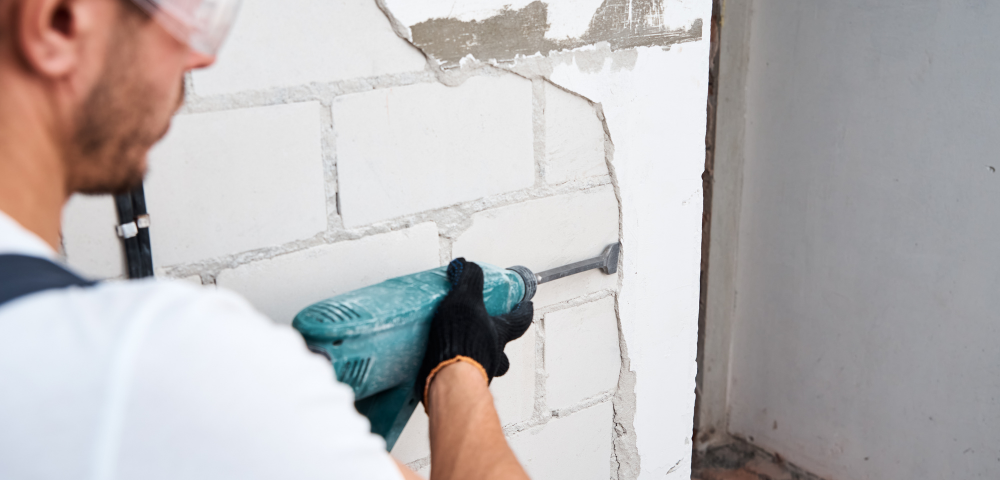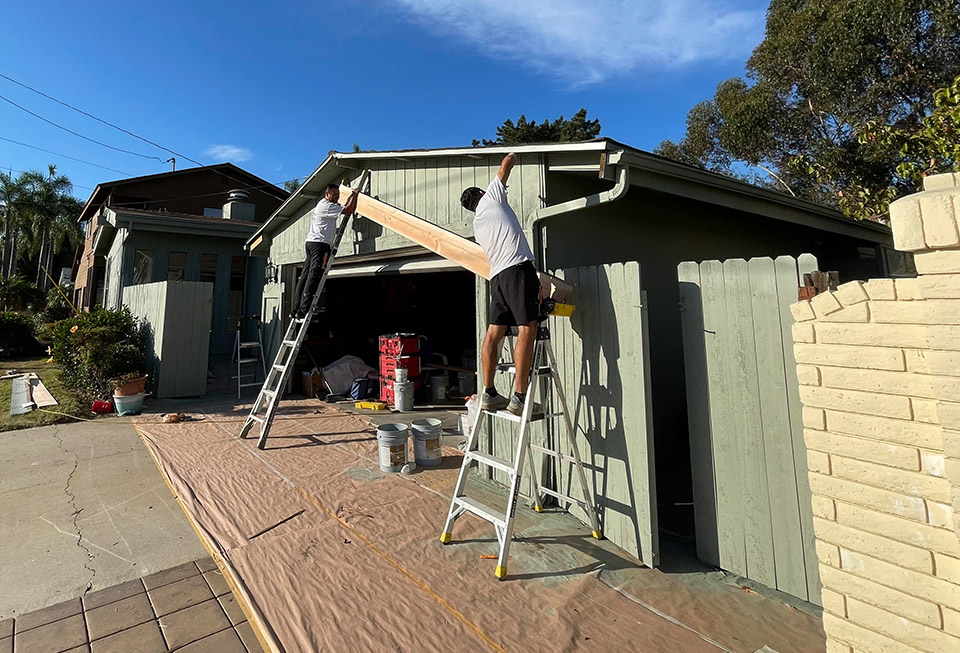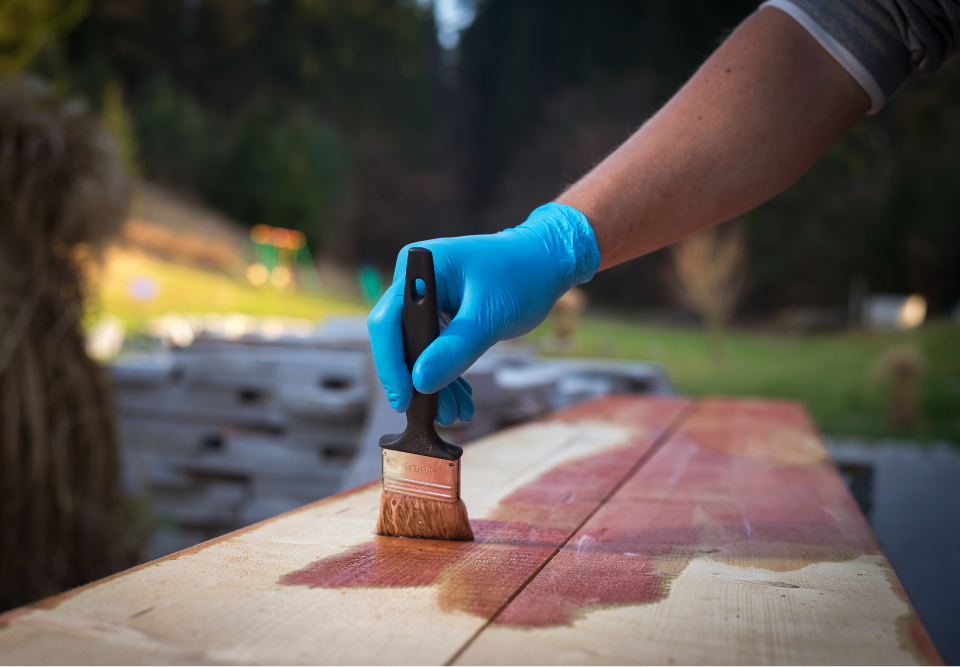
Tips for choosing interior paint for rental properties
September 16, 2022
Kitchen cabinet painting: Types of cabinets you shouldn’t paint over
September 29, 2022Stucco walls are extremely popular on the West Coast which isn’t surprising as it has a unique texture and gives the exterior of a home a great deal of character. Not only are stucco walls visually pleasing, but they are extremely practical exterior finishes as well.
Stucco walls are resistant to mold and fire and are noise-proof as well. Like any material that’s used on the exterior of a home, however, it’s prone to wear and tear due to constant exposure to the elements.
If you’re beginning to notice damage on your stucco walls, you might want to consider getting it repaired as soon as possible. Stucco damage can cause serious damage to your home’s exterior if left unattended and may cost a fortune to repair.
Stucco repair at the early stages of damage is the easiest and most wallet-friendly decision you can make. Here’s what you should consider if you’re unsure if your stucco walls need repair.
How can you tell if your stucco needs a repair?
1. Stains on stucco
Stains on stucco can easily be mistaken for dirt. It can also be an indication of water seeping through the cracks in the stucco, causing water damage and mold growth under the surface.
Refrain from painting over such stains. Instead, get a professional to inspect the severity of the damage and provide a viable solution.
2. Cracks on stucco
Stucco walls are much more susceptible to water damage with smaller cracks. If you begin to notice discoloration, this can be a sign of water damage.
Poorly fitted doors and windows can further water damage as this allows moisture to seep through easily.
3. Bubbles on stucco
You may notice bubbles starting to develop on your walls. This indicates that there’s water draining from the inside of the wall and leaking out the bottom.
If you don’t have a drainage system at the bottom to divert excess water from the stucco wall, water damage is likely to occur.
4. Moss on stucco
This is the easiest way to tell if your stucco walls have excess moisture within. If there’s moss growing closer to the ground you might be able to remove it with borax and water.
If moss growth is higher up on the walls, consult an expert to assess the water damage.
What are the solutions for damaged stucco?
If you enlist the help of a professional, they’ll provide you with three options upon inspection to prevent the damage from escalating:
1. Stucco repair is suitable for small, isolated damages on stucco. If there’s no sign of mold or moisture, a simple repair with cement can be done on surface-level damage.
Repairing stucco might be a cheaper option, but it isn’t a durable one. There’s a possibility that moisture can still seep in through the cracks and cause severe damage.
2. Stucco remediation is a complete repair and replastering of the walls to fix the underlying cause of damage once and for all.
Remediation ensures that the damage doesn’t come back while protecting the rest of your home from damage.
3. Stucco replacement is for those who want a drastic change and would like to completely replace the stucco finish with a different material.
Fiber cement siding, stone veneer, and composite siding are some unique and durable alternatives.
Hire a professional for stucco repair
While surface-level damages on stucco can be repaired without the knowledge of an expert, stucco remediation is a more in-depth process that requires the expertise of a professional.
If you notice any signs of damage on your stucco siding, contact professional stucco repair services in the San Diego area without delay.



